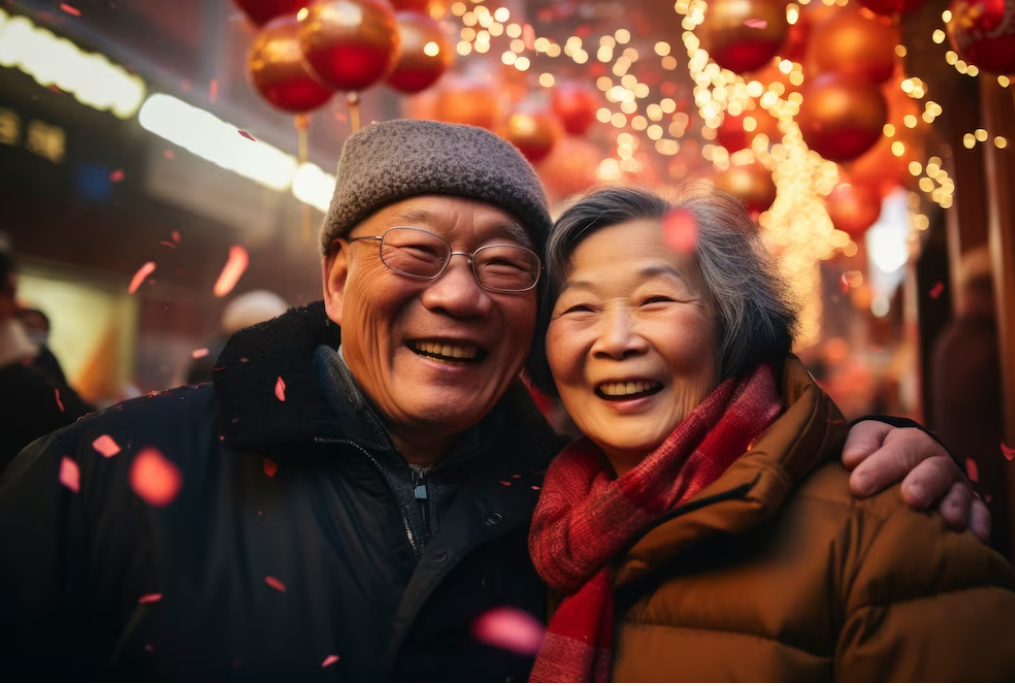
Vocabulary:
- ongoing /ON-goh-ing/
- issue /ISH-oo/
- sustain /suh-STEYN/
- echo /EK-oh/
- mount /mount/
[adjective] – continuing to exist or develop, or happening at the present moment
The ongoing construction of the new library is expected to be completed by the end of the year.
[verb] – to produce or provide something official
The company will issue a statement regarding the product recall later today.
[verb] – to cause or allow something to continue for a period of time
Efforts to sustain the local wildlife population through conservation programs have been successful.
[verb] – to repeat details that are similar to, and make you think of, something else
Her words seemed to echo in the empty room as she spoke.
[verb] – to gradually increase, rise, or get bigger
The tension in the room continued to mount as the negotiations reached a critical point.
Article reading:
Despite these initiatives, Prime Minister Fumio Kishida has issued a stark warning, stating that Japan stands at the precipice of being unable to sustain essential social functions. He emphasized that immediate action to support childrearing is crucial, underscoring its status as the government’s top priority. This demographic challenge echoes across neighboring countries like China, South Korea, Singapore, and Taiwan, all grappling with similar issues surrounding birth rates and population aging. The pressure is mounting on governments to find solutions that strike a balance between the needs of an aging society and the imperative to encourage younger generations to have more children.
Discussion Questions:
- Have you or someone you know experienced the challenges of an aging population in your country or community? If yes, could you share some personal insights or stories about how this demographic shift has affected daily life and societal structures? If not, how do you think your region might address similar issues in the future, given the insights from this article about Japan’s aging population?
- In light of Prime Minister Fumio Kishida’s warning about Japan’s ability to sustain essential social functions due to its aging population, do you think your country’s government is adequately prepared to address similar demographic challenges? If yes, what measures have been taken or should be taken? If not, what steps do you believe your government should consider, taking into account the experiences of Japan and other countries facing similar issues highlighted in the article?
- Do you think Japan’s demographic challenges, particularly its rapidly aging population and declining birth rate, could have significant implications for its future economic stability and social services?
- How might Japan’s demographic crisis impact its position in the global economy and its ability to maintain its current level of social services and healthcare for its aging population? What strategies do you think Japan could implement to mitigate these challenges effectively?
- Reflecting on Japan’s demographic crisis and the similar issues faced by neighboring countries like China, South Korea, Singapore, and Taiwan, what broader implications do you see for global demographics and economic stability? How might these demographic shifts influence international relations and policies in the coming decades?
Summarization
Describe:
- comprise
- constitue
- fund
- initiative
- ministry